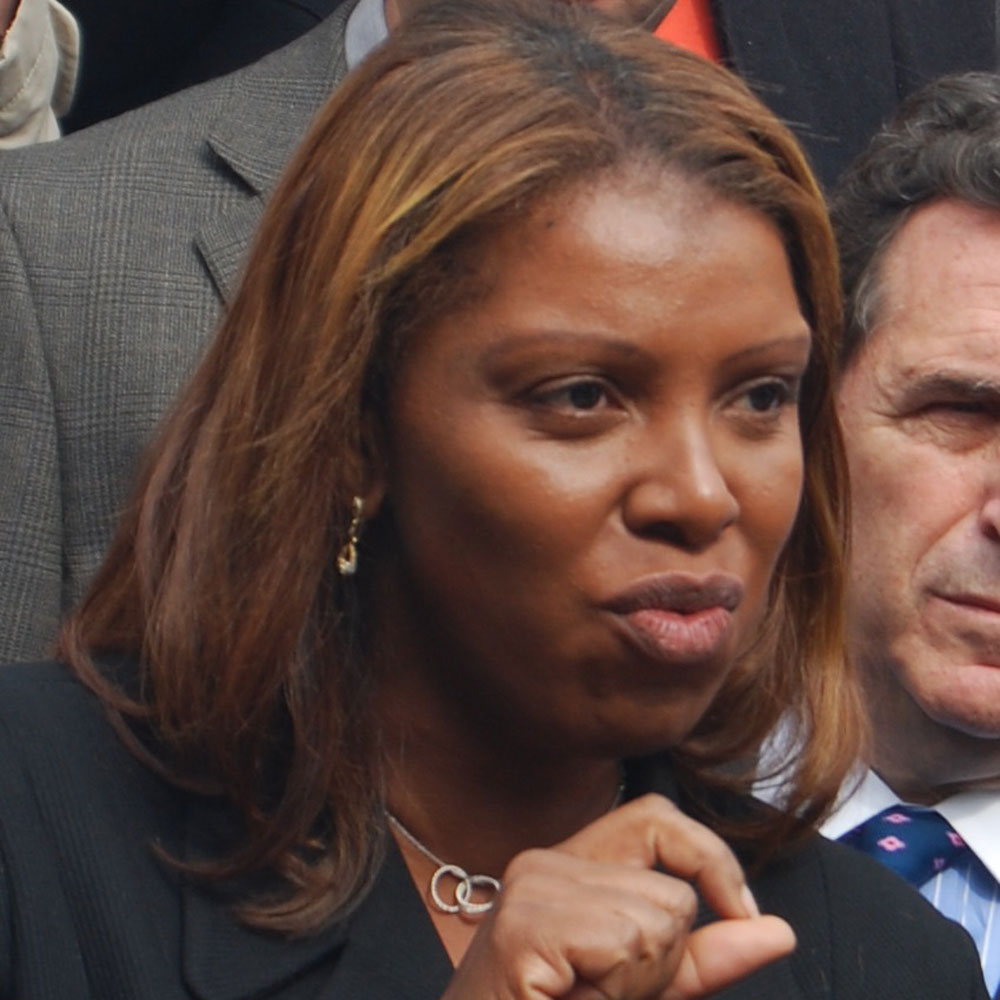
December 10, 2019, New York Times and City and State NY
This year, three very rare things have occurred with a private foundation: a case was brought for malfeasance, the case was settled with an admission of guilt, and—rarest of all—the settlement was paid in a timely manner. That this was the Donald J. Trump Foundation just adds to our national skepticism about our institutions, in general.
In November, the president admitted he used the foundation’s funds to settle some debts at his for-profit companies, including Mar-a-Lago and the Trump National Golf Club in Westchester, and to purchase a portrait of himself for $10,000. He also admitted to giving the $2.8 million raised at a 2016 Iowa event that was billed as a fundraiser for veterans to his political campaign to disburse. The settlement, negotiated by New York State Attorney General Letitia James and the lawyers representing the Trump Foundation, ordered him to pay $2 million in damages, to be spread equally between eight nonprofits. The holdings of the foundation, $1.7 million, were added to the damages, and each of the following nonprofits have already received $476,140.01 by wire: Army Emergency Relief, the Children’s Aid Society, Citymeals on Wheels, Give an Hour, Martha’s Table, the United Negro College Fund, the United Way of the National Capital Area, and the United States Holocaust Memorial Museum.
Setting aside the uncommon admission of guilt by the president, the deep forensic dive into a foundation is in itself uncommon, much less getting to court.
“I would argue that if Trump had not run for president, this foundation would never have come under scrutiny,” Jim Fishman, professor at the Elisabeth Haub School of Law at Pace University, told City & State. “It took a Pulitzer Prize effort by David Fahrenthold of the Washington Post to really dig out the information involving the Trump Foundation.”
The State of New York Attorney General’s Charities Bureau has a commitment to keeping nonprofits on the straight and narrow. Its investments in staffing, with about 75 people, and educational outreach puts it near the top in comparison with other states. It has good reasons to invest in nonprofit governance; just the New York foundations alone have total assets of approximately $151 billion.
In 2016, the Urban Institute released the first systematic analysis of the oversight nonprofits receive from one jurisdiction to the next in the US. They reported that there is no single law at the state level for the oversight of charities: “Oversight involves a complex mix of substantive areas, including charitable trust law, governance, criminal law, solicitation and registration requirements and compliance, corporate transaction review, and conservation easements.” Among the jurisdictions, 31 percent have only a single individual performing oversight of charities.
Sign up for our free newsletters
Subscribe to NPQ's newsletters to have our top stories delivered directly to your inbox.
By signing up, you agree to our privacy policy and terms of use, and to receive messages from NPQ and our partners.
Oversight and enforcement costs money, and many states and jurisdictions do not put a priority on it. Even the Internal Revenue Service, which grants the variety of 501c determination letters, does not have the staff and budget to monitor the tax-exempt organizations. The IRS employees who were assigned to the nonprofit sector dropped 5 percent from 2010 to 2013, according to the Government Accountability Office (GAO). when it comes to bringing bad behavior to task, the vast majority fall back on negotiable tactics. “State-level enforcement actions are more likely to be informal resolutions (85 percent) or involve correspondence with organizations (98 percent) or settlements (88 percent) than fines and penalties (80 percent) or other formal litigation such as injunctions (79 percent).”
The enforcers of tax-exempt laws tend to go after big-dollar groups like hospitals and college foundations. James is currently investigating the 501c3 arm of the National Rifle Association. Broadway producer Davis Richenthal had to return $500,000 to the Richenthal Foundation, established by his father in 1963 and worth $10 million, after James’s office found that the money was used personally by Richenthal without board approval. (Richenthal used $250,000 of foundation money to settle a lawsuit with a former lover.) The board of the Victor E. Perley Fund, which includes a reverend and a rabbi, allowed the grantmaking organization to pay $1 million toward the board president’s new house in Southampton. Such a purchase is not just self-serving, it is way outside of the mission, which is solely to support a children’s choir for underprivileged children in New York City. They were fined $1 million.
In many states, the regulatory infrastructure to deter and bring to account irresponsible nonprofits is thin. “It is not a priority,” Elizabeth Boris, founding director of the Center on Nonprofits and Philanthropy at the Urban Institute, told City & State. “The AG is after bigger fish, big corporations. A lot of nonprofits are under $100,000—how much damage can they do?”
But they can do quite a bit of damage when they are high-profile. “It’s good publicity for AGs to go after totally fraudulent charities,” Fishman said. It’s also often the only game in town.
Indeed, in the context of a half-starved IRS, the state charity offices are often the major enforcement player. “Given that charities generally do not generate much in the way of money for the IRS itself, in terms of collecting revenue for the country, the IRS has never particularly put a lot of money into charity either,” Philip Hackney, a professor at the University of Pittsburgh School of Law who previously worked in the office of the chief counsel of the IRS, told City & State. The agency does, however, collect and publish tax forms from nonprofits, which provides the public the means to investigate suspicious behavior as well.
NPQ is sometimes shocked at the nonprofit sector’s lack of support for its own regulators. The damage done by crooked nonprofits is not generally confined to just that entity. Instead, it ripples outward, potentially causing disenfranchisement that may even now be showing itself in the decline of donations from small households. It is well past time that we take a different stance towards our state charitable offices.—Marian Conway












